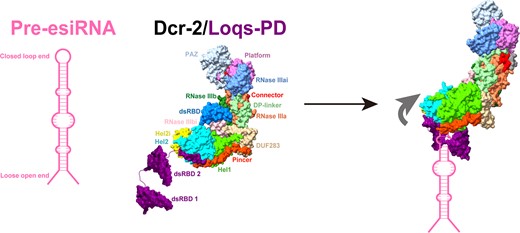2025-04-03 中国科学院(CAS)
<関連情報>
- https://english.cas.cn/newsroom/research_news/life/202504/t20250403_909399.shtml
- https://www.science.org/doi/10.1126/sciadv.adu3793
Shank3変異イヌにおける自閉症様の非定型顔処理 Autism-like atypical face processing in Shank3 mutant dogs
Siqi Yuan, Chenyu Pang, Liang Wu, Li Yi, […], and Shihui Han
Science Advances Published:2 Apr 2025
DOI:https://doi.org/10.1126/sciadv.adu3793

Abstract
Atypical face processing is a neurocognitive basis of social deficits in autism spectrum disorder (ASD) and a candidate cognitive marker for the disease. Although hundreds of risk genes have been identified in ASD, it remains unclear whether mutations in a specific gene may cause ASD-like atypical face processing. Dogs have acquired exquisite face processing abilities during domestication and may serve as an effective animal model for studying genetic associations of ASD-like atypical face processing. Here, we showed that dogs with Shank3 mutations exhibited behavioral and attentional avoidance of faces, contrasting with wild-type controls. Moreover, neural responses specific to faces (versus objects) recorded from the electrodes over the temporal cortex were significantly decreased and delayed in Shank3 mutants compared to wild-type controls. Cortical responses in the frontal/parietal region underlying categorization of faces by species/breeds were reduced in Shank3 mutants. Our findings of atypical face processing in dogs with Shank3 mutations provide a useful animal model for studying ASD mechanisms and treatments.


